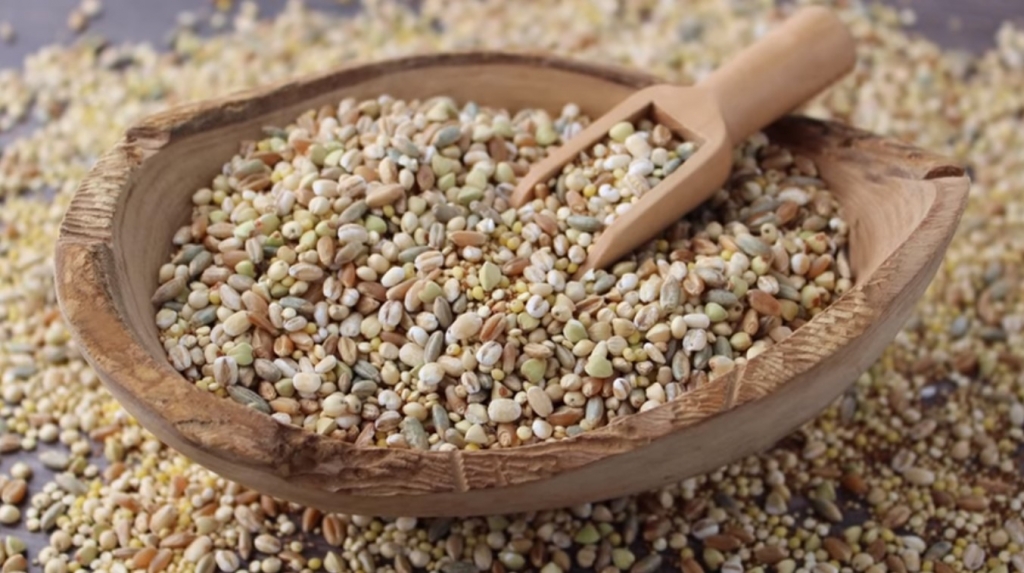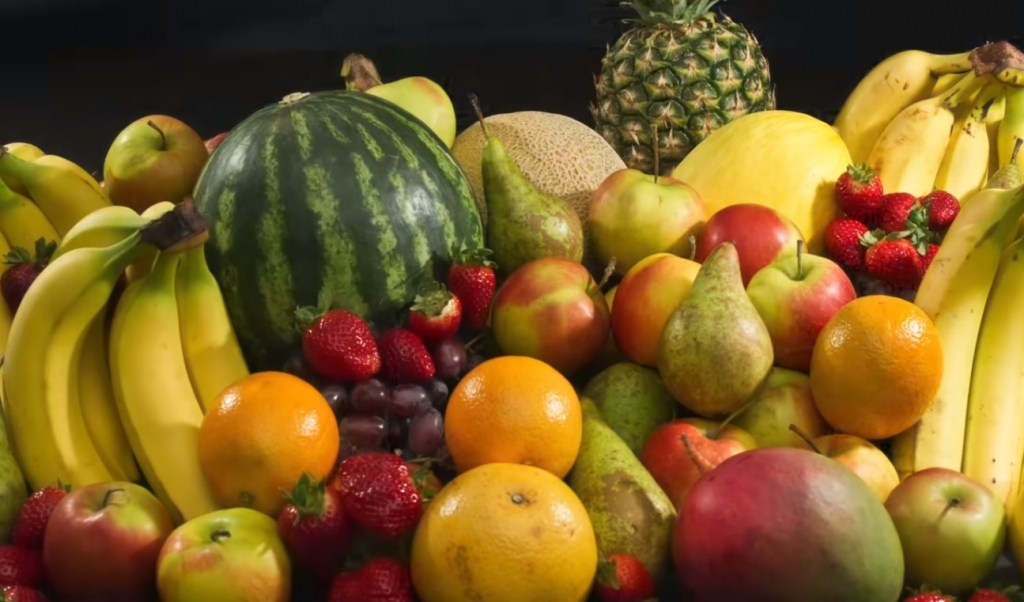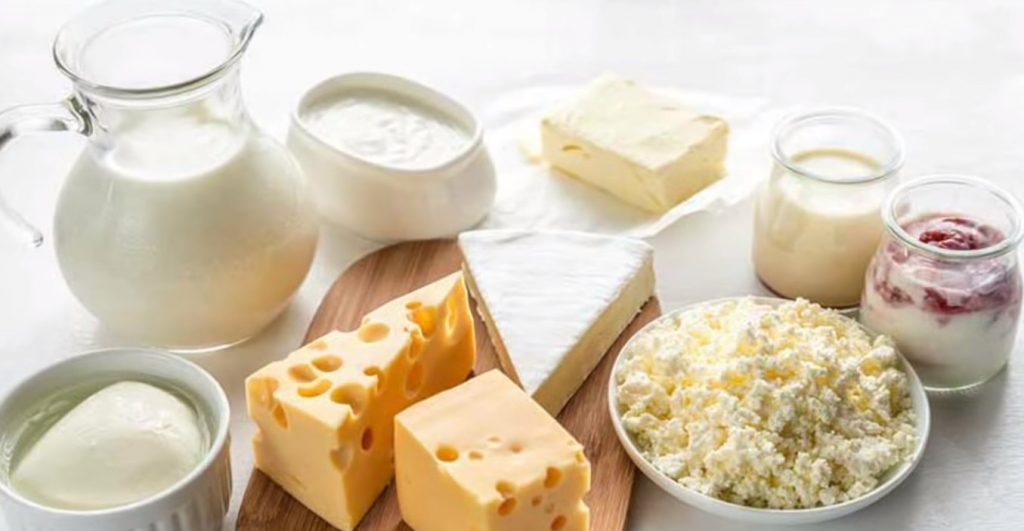Know All About Gluten-Free Diet for Healthy Living
A gluten-free diet is essential for those who have celiac disease or gluten allergy. Eating gluten-containing food will adverse health conditions. Wheat, rye, and barley are the primary source of gluten, and these ingredients are common in most of our daily food routine.
If you are gluten intolerant, the only solution is to eliminate gluten from your diet. But switching to a gluten-free diet, especially for the first time, can be very difficult and confusing. Here I provide you a complete guide on a gluten-free diet to get you out of this problem. Without any further delay, let’s scroll down and check out the post.
How to Choose Gluten-Free Foods
The first step in the gluten-free diet is to choose foods that do not contain gluten. Here are the four most important gluten-free food sources and some factors you need to consider to plan a proper gluten-free diet.
- Whole Grains
Whole grains can be both with and without gluten. Some gluten-free grains are brown rice, tapioca, quinoa, sorghum, wild rice, millet, etc. Grains including wheat of all varieties, rye, triticale, barley contains gluten.
Cereals especially, cornflakes, puffed rice, sometimes come with extract or flavorings that contain gluten. Gluten-free grains can also be contaminated with gluten. For example, oats become contaminated when processed and harvested in the same appliance as used for wheat.

Tips
- Check the labels and list of ingredients very carefully before buying whole-grain food products to avoid gluten contaminated whole grains.
- Look for wheat substitute foods such as pasta made with rice or corn, rice noodles, popcorn, etc.
2. Fruits and Vegetables
Fresh fruits and vegetables are always gluten-free. However, you can find gluten ingredients such as malt, hydrolyzed wheat protein, maltodextrin, and altered food starch, etc., in some processed fruits and vegetables. These are added for flavoring or thickening purposes.
Bananas, apples, peaches, citrus fruits, berries, green leafy vegetables, starchy vegetables, onions, broccoli, mushrooms, carrots, etc., are examples of fruits and vegetables that are essential in planning a healthy gluten-free diet.
These are also a vital source of vitamins and minerals. If you are buying canned, frozen, or dried fruits and vegetables, you need to follow these tips to avoid gluten.

Tips
- Try choosing canned fruits and vegetables that come with natural juices or water.
- Avoid frozen vegetables and fruits that contain additional sauces or flavors containing gluten.
- For dried fruits and vegetables, choose the unsweetened and plain ones.
3. Dairy Products
Fresh milk, cream, cheese, butter, yogurts, etc., are some gluten-free dairy products you need to maintain a balanced healthy diet. However, it would be best if you were careful with dairy products containing additives or different flavors.

Tips
- Always double check flavored milk, yogurts, and cheese.
- Avoid any cheese products that are processed.
- Check the ingredient list of ice creams as they sometimes contain gluten additives.
4. Proteins
Protein is essential in building and repairing cells. High protein foods such as lean meats, eggs, nuts, etc., play a significant role in maintaining a healthy gluten-free diet.
Fresh lean meats and poultry are free from gluten. You can get about 26 gm of protein from chicken breast per 3 ounces serving, while 6 gm of protein from 3 strips of bacon.
Fresh eggs are an essential source of healthy gluten-free protein. You will get 6 gm of protein from one full egg.
Fresh nuts without any added flavors are another primary source of protein. You can add them to your salad and smoothies or try them as a gluten substitute snack.
Another important fact to remember, you can get 14 and 9 gm of protein from ½ cup serving of dry peanuts and walnuts. To ease your chopping job, you can use the market’s best nut chopper for making salad and smoothies for preparing your protein diet.

Tips
- Double-check processed meats, such as pepperoni, sausage, bacon, and hot dogs.
- Check the ingredients of proteins mixed with sauces or seasonings.
- Double-check the takeaway instant microwave proteins.
- Avoid any breaded fish, meat, and poultry.
Conclusion
People with celiac disease face weight loss, gas and bloating, fatigue, irregular bowel movements, etc., when consuming even a slight amount of gluten.
Gluten-containing foods that you need to ignore are baked goods, bread, prepackaged snack foods, different types of sauces, flavored alcoholic beverages, etc., and many more. Including natural fresh foods in the diet will help take the first step towards a healthy gluten-free diet.


